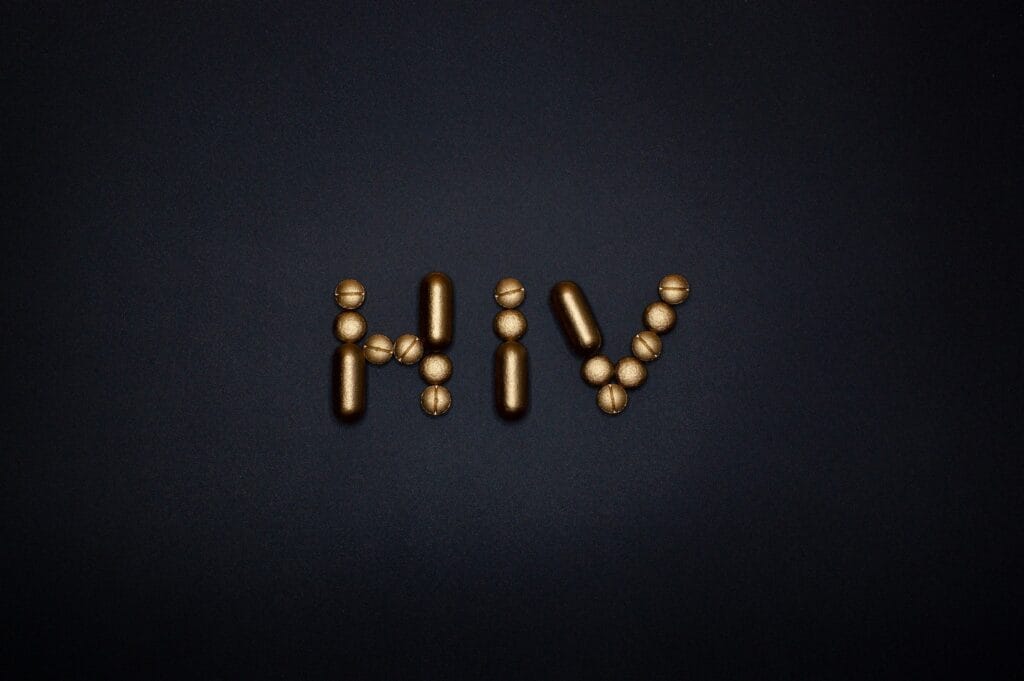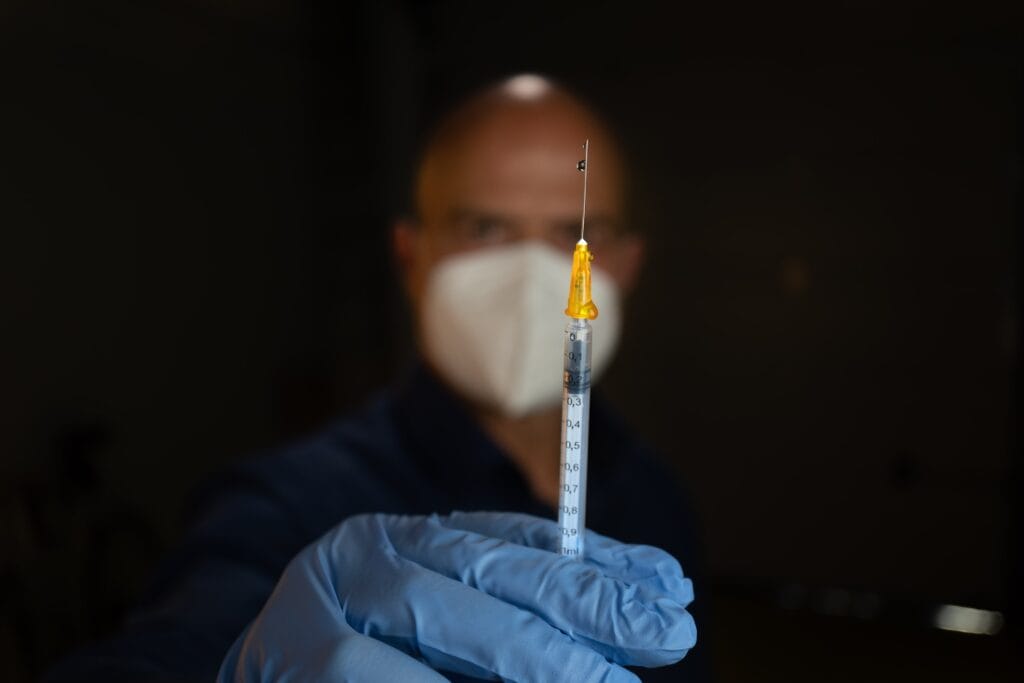- Home
- NEWS/RESEARCH/ARTICLES
- The First twice-yearly HIV Med ...

Since its discovery in the early 1980s, HIV has infected over 30 million people globally. Advances in medicine have resulted in an increasing number of persons being put on various antiretroviral medications. Despite major breakthroughs in anti-retroviral therapy, there are still many urgent and crucial unfulfilled needs for HIV patients. This is uniquely pertinent for patients who are unable to sustain virologic suppression owing to resistance or difficulties adhering to a complicated regimen and, have had extensive treatment with limited therapeutic alternatives.
Sophisticated HIV treatment regimens increase the likelihood of poor adherence and treatment failure, underscoring the need for a novel treatment alternative that is effective against resistant strains of the virus and has a unique mode of action.
Gilead Sciences, Inc. scientists have created a novel alternative for long-acting treatment after more than three decades of pushing advancements in HIV prevention and treatment. They recently announced that their HIV drug Lenacapavir (Sunlenca) has been authorized by the European Commission.
The European Commission approved it as the sole twice-yearly antiretroviral therapy for patients with multi-drug-resistant HIV who have limited treatment alternatives. This marketing authorization extends to all 27 European Union member states, as well as Iceland, Liechtenstein, and, Norway. The UK’s Medicines and Healthcare products Regulatory Agency authorized lenacapavir on 25 August.
Due to concerns about the compatibility of vials and the Lenacapavir solution, the US Food and Drug Administration declined to approve Lenacapavir in March of this year. A decision is expected on December 27, 2022.

How is Lenacapavir Administered?
Lenacapavir is a one-of-a-kind and effective drug with flexible dosing options. The CAPELLA study found that when used in conjunction with other antiretroviral treatments, lenacapavir achieved clinically significant CD4+ T-cell recovery and prolonged rates of virologic suppression in patients with multi-drug resistant HIV.
Lenacapavir can be injected subcutaneously once every six months since it has a long half-life in the body. It must however be used in conjunction with other antiretrovirals, which are now oral drugs taken daily.
The study also discovered that lenacapavir was typically well tolerated and safe, with no significant side effects associated with the drug. Injection site responses such as mild to moderate pain, swelling, or redness were the most prevalent adverse effects. A few patients experienced extended induration (hardness) or nodules.
The issue of anti-retroviral drug resistance has posed difficulties in obtaining effective ART therapy and has the potential to be a significant public health concern. As shown by numerous studies, the widespread use of anti-retroviral medications in industrialized countries, coupled with patients’ poor adherence to therapy, has led to an increase in anti-retroviral drug resistance. Mutations in the genetic structure of HIV reduce a drug’s ability to suppress viral replication, resulting in resistance, treatment failure, and an increase in AIDS-related deaths.

How does Lenacapavir Work?
Most anti-virals, according to Gilead Sciences, Inc., target just one stage of viral replication, but lenacapavir is designed to suppress HIV at various phases of its lifecycle and has no known cross-resistance to other current medication classes.
Laboratory investigations have revealed that it disrupts various phases of the HIV lifecycle. Lenacapavir destabilizes the HIV capsid, a cone-shaped covering that protects the enzymes and viral genetic material. Since it functions differently than other antiretroviral drugs, it stays active against HIV strains that have acquired resistance to other antiretrovirals.
Lenacapavir has also shown potential for pre-exposure prophylaxis (PrEP) and first-line therapy, however, its current approval only applies to those who have previously been treated. The CAPELLA study, as well as the CALIBRATE trial investigating lenacapavir for first-line treatment, reveal that lenacapavir can be utilized as a component of a long-acting treatment regimen. However, no additional antiretrovirals can presently be administered at such a lengthy interval to constitute a complete twice-yearly regimen.
Merck’s long-acting nucleoside reverse transcriptase translocation inhibitor islatravir, a possible match, was put on hold late last year because of unexplained T-cell reduction. The only available complete regimen with the longest duration is ViiV Healthcare’s injectable cabotegravir plus rilpivirine given by a healthcare practitioner once a month.

A Promising Path
It is exciting news that a variety of novel long-acting HIV treatment options are about to become available. A variety of long-acting treatment alternatives, administered every few months, could provide better clinical options for patients who are resistant to current regimens. If they are made available, they prevent many AIDS-related deaths due to anti-retroviral drug resistance.
Written by Dr Samuel Irungu












